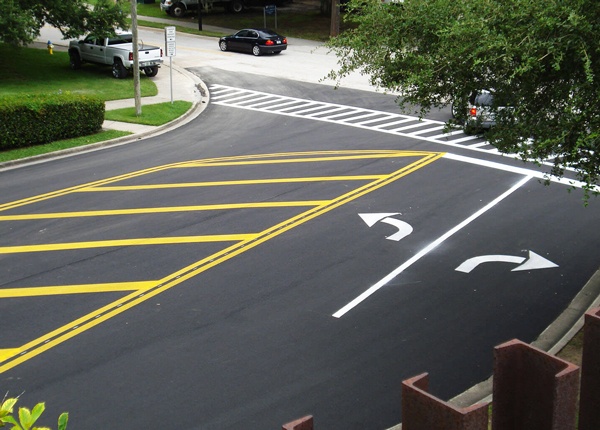
Reversible Lane Control Signals: Driving in Special Road Lanes
Updated Sept. 18, 2020Some multi-lane roadways feature reversible lanes, where the direction of traffic can be changed to accommodate heavy traffic moving in one direction at certain times and the opposite direction at others. For instance, traffic in the reversible lane may move toward a city center during morning rush hour but away from a city center during evening rush hour.
Reversible lane signals
Traffic lights visible in both directions are installed above reversible lanes, to let drivers know whether they may use it. These signals can be interpreted using the information below.
- 1

Green arrow, pointing downward.
You may drive in this lane. - 2

Steady yellow “X”.
You may drive in this lane, though the direction of travel will soon be reversed. You must be prepared to merge into a new lane. - 3

Steady red “X”.
You must not drive in this lane. If you find yourself in a lane marked with a red “X”, you must merge into a different lane immediately. - 4

Flashing yellow “X”.
You should treat this lane as a center left-turn lane. It may only be used by drivers wishing to turn left. Keep in mind that opposing traffic may also use this lane to turn left. - 5

Flashing, horizontal green or yellow arrow.
You must exit this lane in the direction indicated by the signal arrow.
Reversible lane control signals may also feature an electronic message board on which additional information for drivers is posted.
Highway metering lights
Freeway metering lights are sometimes used on busy stretches of limited access highway, to control the flow of vehicles entering the highway. These traffic lights are usually posted toward the end of the highway entrance ramp. A green light indicates that one car may enter the highway (unless otherwise posted), while a red light indicates that drivers must wait on the entrance ramp.




